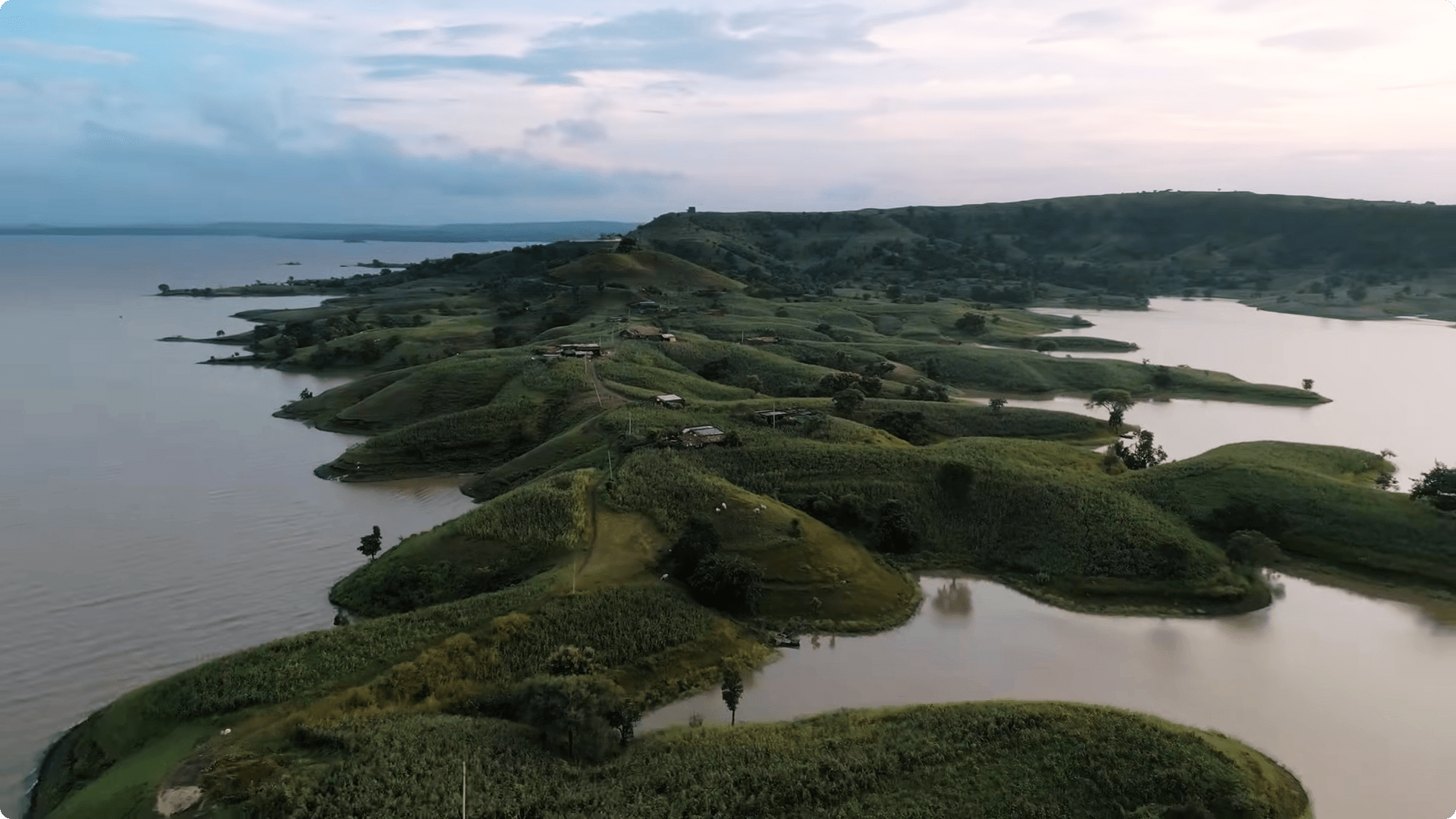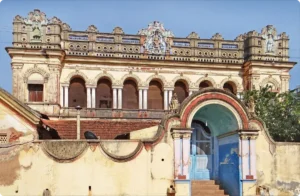Banswara, a city in Rajasthan, India, is often overshadowed by more popular destinations like Jaipur and Udaipur. However, this charming town has its own unique charm and attractions that make it a must-visit destination for travel enthusiasts. In this blog post, we will explore the best of Banswara.
Due to the abundance of islands on the Mahi River, which passes through the city, Banswara, a city in southern Rajasthan, is referred to as the “City of Hundred Islands”. Being the most rain-affected city in the state, it is also known as the “Cherrapunji of Rajasthan” because of how green it is.
Banswara City of 100 Island “Cherrapunji of Rajasthan“
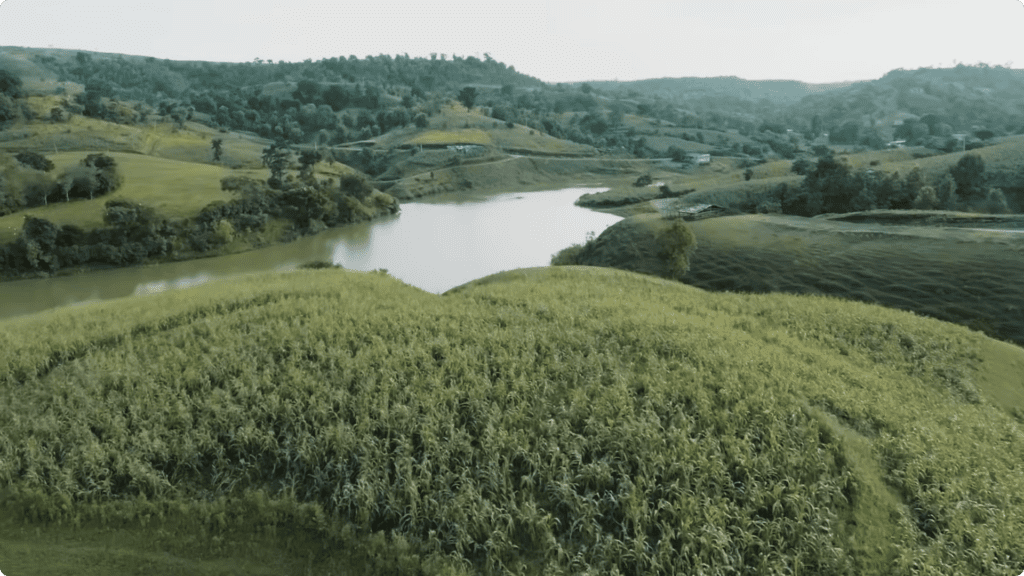
Like most people who have never been to Rajasthan, my first impression of the desert state would be of an infinite stretch of sand, charming little towns, and a vibrant culture that uplifts the spirit. That is, until a few weeks ago, when I had to travel to Udaipur for a work-related event. Even though the city is fascinating, it is still an urban setting, which didn’t fit with my perception of Rajasthan.
Banswara offers attractions such as the Mahi Bajaj Sagar Dam, Mandareshwar Temple, and the Kagdi Pick Up Weir. Banswara is a must-visit location for tourists looking for scenic beauty and immersive cultural experiences because of its green landscapes, rich cultural legacy, and unique islands on the Mahi River.
Things to do In Banswara
Chacha Kota
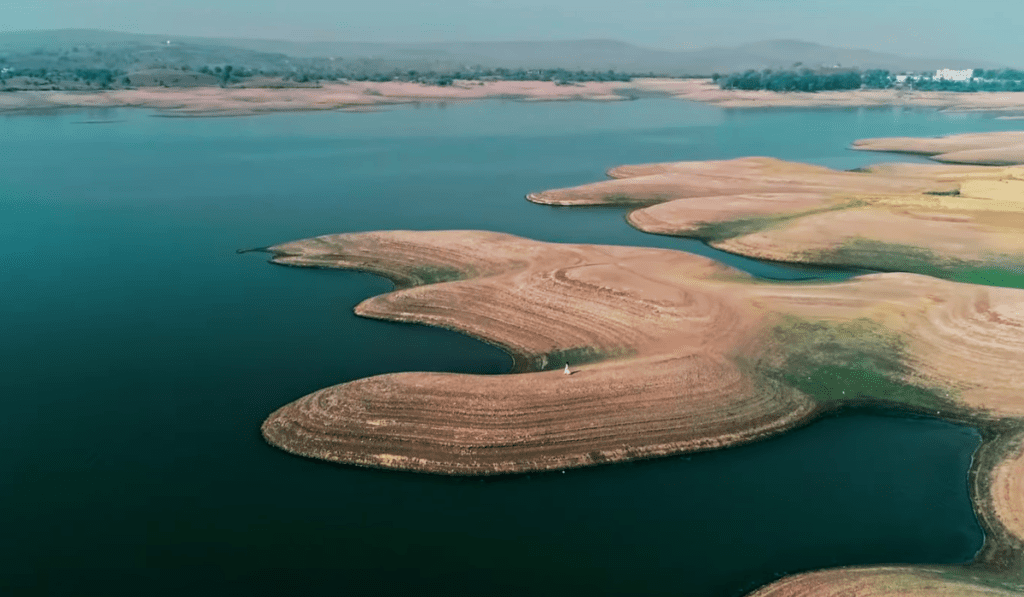
Chacha Kota is a beautiful natural place located in the backwaters of Mahi Dam, 14 km from Banswara city. It offers a sea beach-like sight with water everywhere, surrounded by high rising hills, green passages, and waterfalls. Banswara, also known as the “City of Hundred Islands,” is a green city in Rajasthan with numerous islands on the Mahi River
Sea Beach-like Atmosphere: Chacha Kota offers a refreshing change from the typical surrounded by water areas with its sea beach-like sight and abundant water. This area’s water is serene and crystal clear, making it ideal for boating and swimming.
Surrounded by High Rising Hills: Chacha Kota’s location is surrounded by high rising hills, which contribute to the area’s serene atmosphere and natural beauty. These hills are a great place for nature enthusiasts and birdwatchers because they are also home to a wide variety of flora and fauna.
Chacha Kota is encircled by verdant corridors and cascading waterfalls, providing an aesthetically pleasing panorama. This area boasts breathtaking waterfalls, particularly in the monsoon season when they are at their most spectacular.
Arthuna
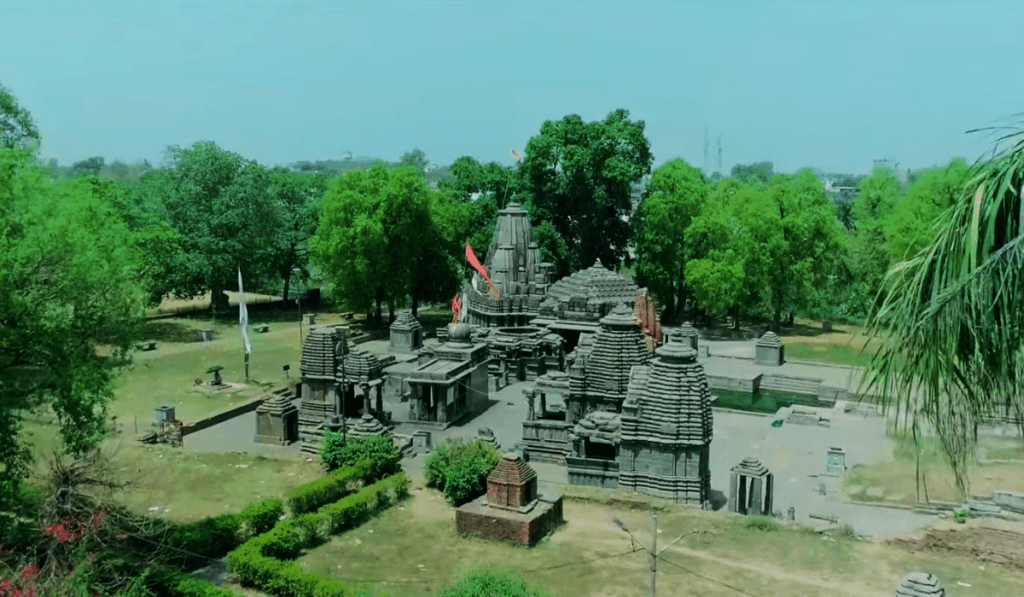
Known for its historical and archaeological significance, Arthuna is a town in Rajasthan, India’s Banswara district. During the eleventh and twelfth centuries A.D., it served as the capital of the Paramara dynasty that ruled Vagada. Due to the Paramara rulers’ support of both Saivism and Jainism, the town is well-known for its collections of abandoned Hindu and Jain temples.
Inscriptions listing the goods sold at a town marketplace indicate that Arthuna was a significant commercial hub in Rajasthan during the eleventh century. Due to its old temples and rich historical legacy, Arthuna is now a highly visited historical and cultural site.
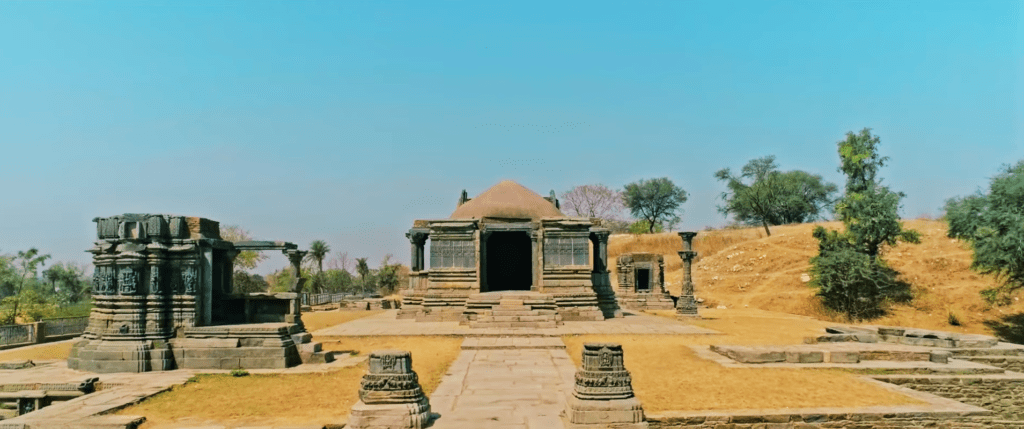
Tripura Sundari
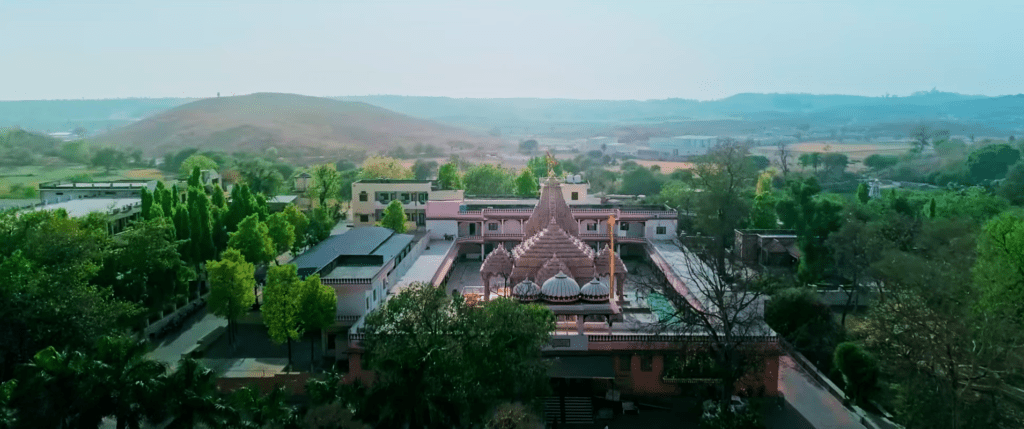
Tripura Sundari Temple, also known as Devi Tripureshwari, is a Hindu temple dedicated to Goddess Tripura Sundari, located in the ancient city of Arthuna in the Banswara district of Rajasthan, India
The temple is believed to have been constructed around the year 1501 CE, and it is an example of solidarity between two sub-groups of Hinduism: the Vaishnava and the Shakta sects Here are some key features and aspects of the Tripura Sundari Temple:
Legend: According to legends, Lord Vishnu had cut Sati into 51 pieces with his Sudarshana Chakra, and Tripura Sundari Temple is one of the 51 Shakti Peethas, where the toe of the right foot fell this religious significance makes the temple an important site for devotees.
Architecture: The temple is a small cubical edifice, measuring 24 square feet at the base with a height of 75 feet it is built in the Bengali (Ek-ratna style)
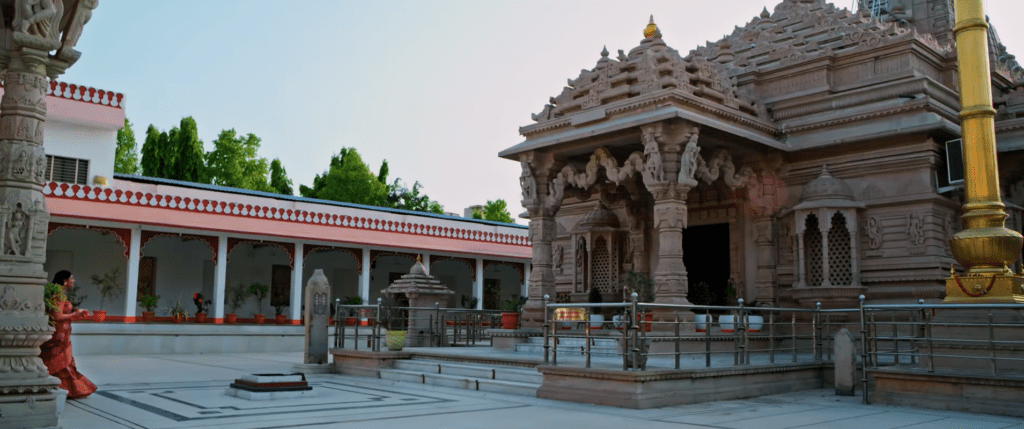
Kadeliya Fall
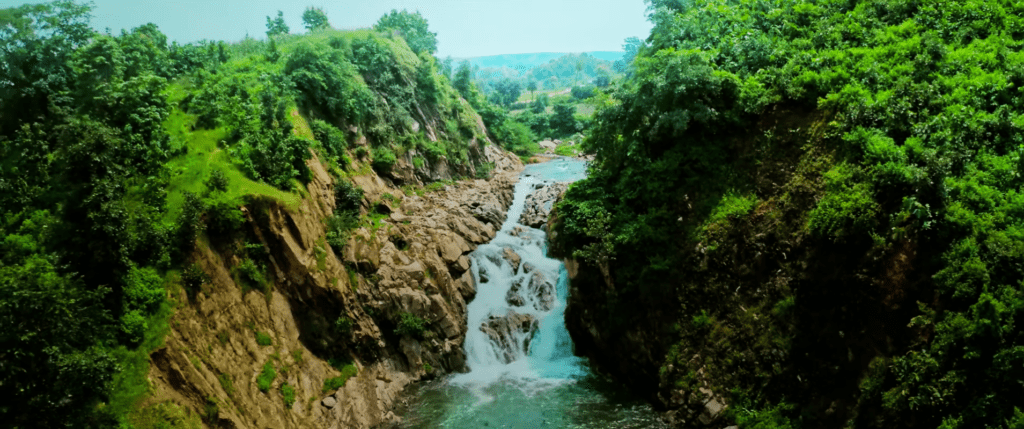
A naturally formed waterfall in Rajasthan, India’s Banswara district is called Kadeliya Fall. It appears during the rainy season and is located on the Banswara-Ratlam road. Kadeliya fall also known as Singhpura Fall
Even though the waterfall is not very high, it provides visitors with a cool and beautiful location to enjoy.
The verdant surroundings offer a tranquil and serene setting for guests to unwind and appreciate the beauty of nature. For those looking to escape the bustle of the city and experience Rajasthan’s natural beauty, Kadeliya Fall is a must-visit location.
Visit Kadeliya Fall preferably after the rainy season, which runs from July to September. The surrounding area is lush and green, and the waterfall is at its peak during this time, offering visitors a refreshing and picturesque atmosphere. It is crucial to remember that the waterfall might not be visible from October through June, which is considered the dry season.
It is therefore advised that you check the weather before traveling to Kadeliya Fall and make appropriate plans for your visit.
Mahi Dam
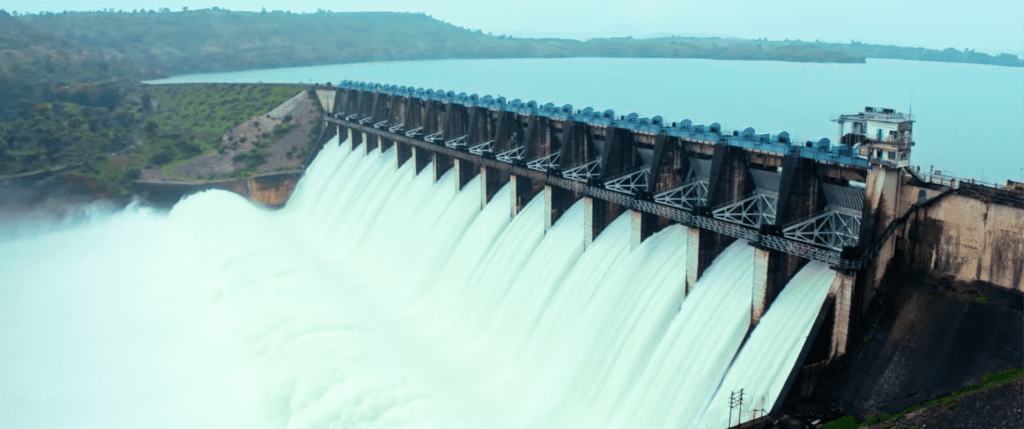
The Mahi Dam, also called the Mahi Bajaj Sagar Dam, is a significant water reservoir situated in Rajasthan’s Banswara district on the Mahi River. The following are some salient characteristics and details of Banswara’s Mahi Dam:
Location: In the southern region of Rajasthan, close to the town of Banswara, is the Mahi Dam.
The main goals of Mahi Dam are hydroelectric power production, irrigation, and water supply. By offering a dependable supply of water, the dam significantly contributes to the improvement of agricultural activities in the area. Mahi Bajaj Sagar is a sizable reservoir created by the dam that can hold a significant amount of water. The surrounding areas’ water scarcity is lessened thanks to this reservoir.
Hydropower: Mahi Dam adds to the region’s energy infrastructure by assisting in the production of hydroelectric power. Tourism: The dam’s surroundings and scenic quality make it a possible tourist destination. Many come to the reservoir to take in the scenery and partake in outdoor activities.
Best time to visit Mahi Dam in Banswara, Rajasthan, is during the post-monsoon months of September to March. This period offers pleasant weather and the opportunity to witness the dam at its most scenic, with the surrounding landscape lush and green. It’s a great time for outdoor activities and enjoying the natural beauty of the area.
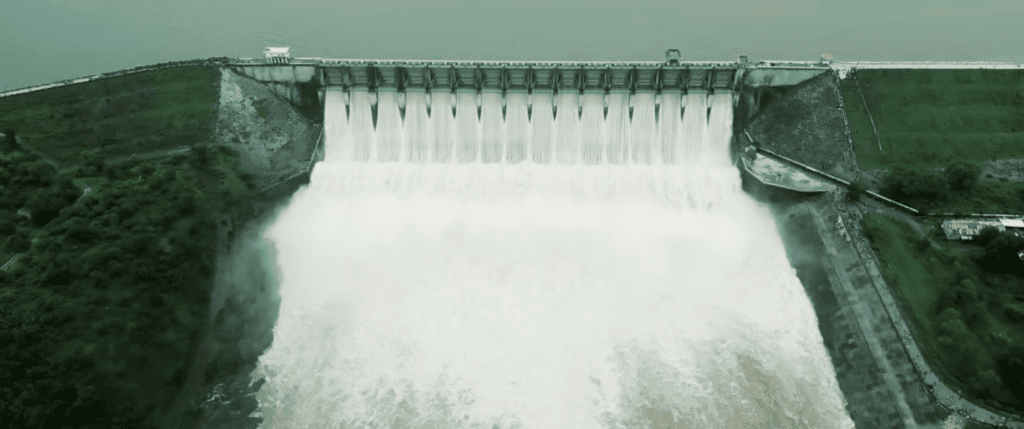
Shreegarh Palace
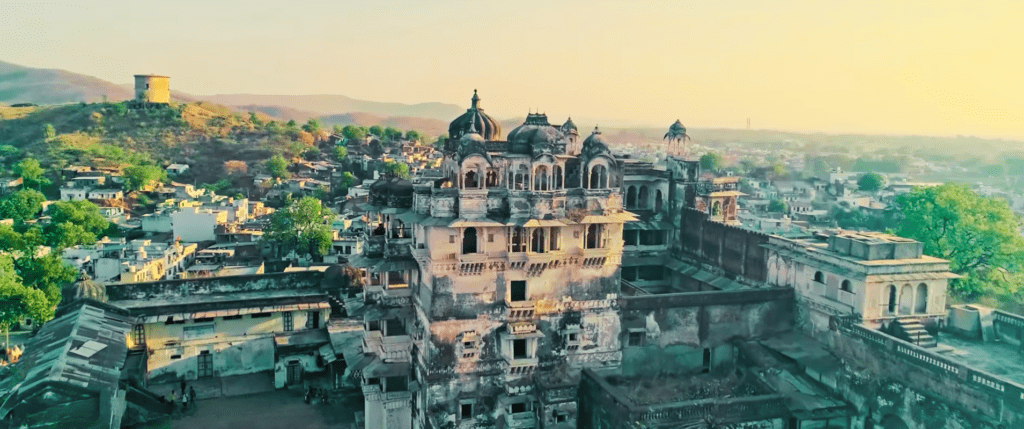
Situated in Banswara, Rajasthan, India, Shreegarh Palace is a historical landmark. Although there aren’t many specific historical details available, it is obvious that the palace has a long past and is significant to the local culture. As a reminder of the royal family’s past, the palace has hosted numerous occasions and festivities over the years.
Important features of Shreegarh Palace and the environs include:
Situated atop a hilltop with a view of Banswara town, the City Palace, also called Shri Raj Mandir, dates back to the 16th century.
The royal family still owns it, and it is designed in the traditional Rajput style.
The palace is in the center of Banswara, a wildlife-rich city with hills, forests, and other natural features.
Numerous tribes reside in the city, and a blend of Gujarati, Malwi, Rajasthani, and Mewari cultures has emerged as the Vagdi culture. A couple of the neighboring tourist destinations are the 22-kilometer-distance Lord Shiva temple at Paraheada and the Jain temple at Andheswar Parshwanathji, which is home to rare sculptures.
Jagmer Hills
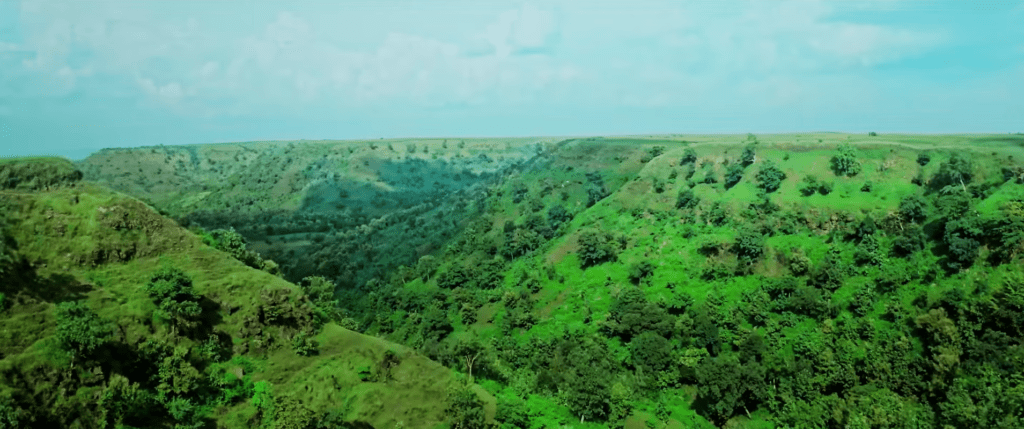
Situated in the Banswara district of Rajasthan, India, lies the captivating hill station known as Jagmer Hills. Jagmeru Hills, which are close to Mahi Dam and about 12 kilometers from Banswara city, are well-known for their stunning natural beauty, which includes a tapestry of lush greenery, bubbling waterfalls, and historic temples.
The gem in the crown of the Jagmer Hills is the Hanuman Temple, which is perched atop a mountain peak and lush green valley reminiscent of Kashmir. The monsoon season is the ideal time to visit Jagmer Hill because it is then that the hills are at their most picturesque, with verdant surroundings and tumbling waterfalls.
Located roughly a kilometer from the top of the hills, visitors can also explore the lion cave. The cave provides a unique experience for those who venture to see it, and it is said that wild animals frequent it at night. The Mahi Dam, which is located about 17 kilometers from Jagmer Hills, is another nearby attraction.
Camping is permitted in the area, but guests are urged to bring water and other necessities, especially if driving a private vehicle. For those who choose to drive up, there is parking at the top of the hills. For those who enjoy the outdoors and want a quiet getaway, the area provides a serene and picturesque setting.
Kalpavriksha
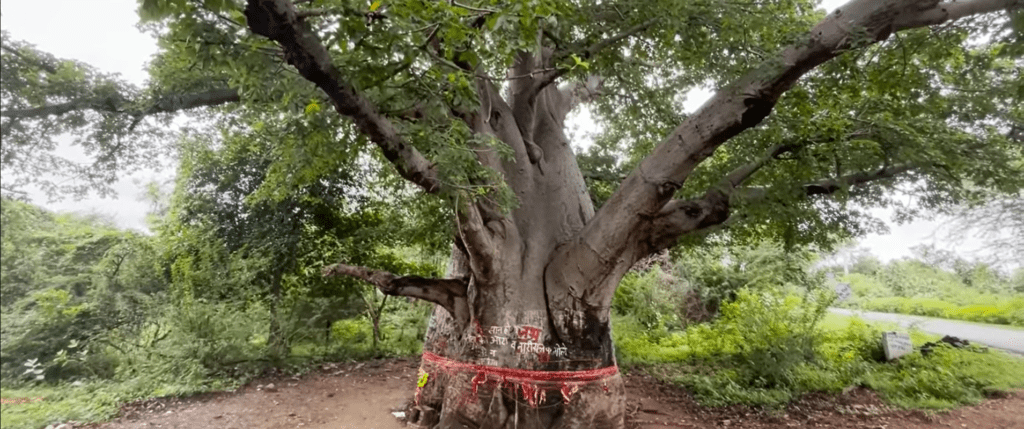
The “Wish-fulling Tree,” Kalpavriksha, is highly regarded in Hinduism, Buddhism, and Jainism, among other Indian religions. The tree is connected to many myths and legends and is thought to have the ability to grant wishes. Among the principal features of Kalpavriksha are:
Sanskrit literature contains the first accounts of it, and Jain cosmology and Buddhism both frequently discuss it.
Together with the divine cow, the Kalpavriksha was created during the Samudra Manthana, also known as the “churning of the ocean,” which met all needs.
It is said that the tree has gold-colored boughs and a trunk that can grant any wish.
It is connected to several stories in Hindu mythology, such as the tale of Lord Krishna. The Kalpavriksha symbolizes the source of eternal life and blessings not only in Hinduism but across various religious and cultural traditions. It is said that this Kalpavriksha is 350 year old and among the only 10 of these trees in India.
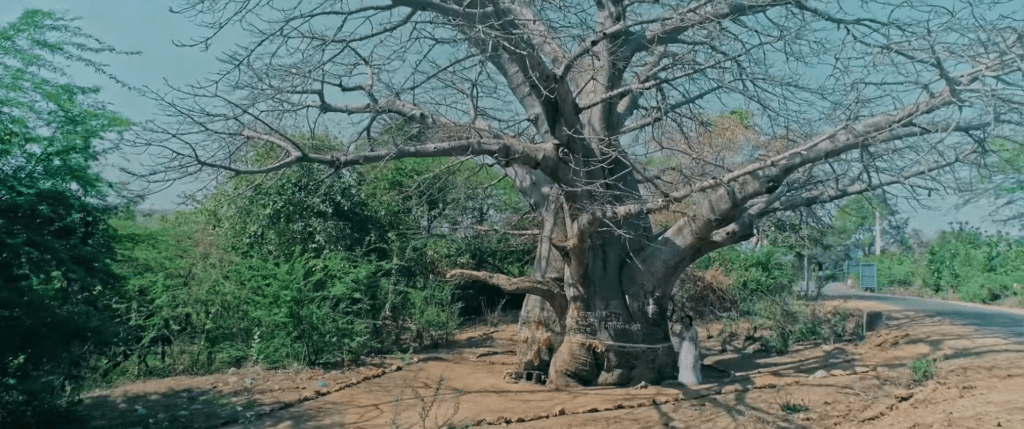
The Kalpavriksha tree is considered a divine tree that grants wishes, and it is highly revered in Indian religions. In Banswara, Rajasthan, there are rare species of large Kalpavriksha trees, also referred to as Raja-Rani (King-Queen) trees, located near Bai Talab Lake, which are said to fulfill the wishes of visitors Surrounding the over a millennium-old trees is a temple honoring the god Shiva.
According to Hindu mythology and other Indian religious traditions, the Kalpavriksha is a symbol of abundance and is connected to meeting all needs.
Although the exact origins of the Banswara Kalpavriksha trees are unknown, their existence heightens the region’s religious and cultural significance, making it a noteworthy
How To Reach Banswara
By Road
Via Road: Banswara has excellent road connections to the towns and cities of Madhya Pradesh, Gujarat, and Rajasthan. Buses to major cities like Udaipur, Ahmedabad, Jaipur, and others are operated by state transport corporations and private operators. Additionally, it has direct highway connections to cities in nearby states.
Delhi-Alwar-Jaipur-Sawai Madhopur-Kota-Ratlam
The distance between Delhi and Banswara by car is approximately 845 km the travel time by road is around 12 to 15 hours, and there are multiple drivers for the journey
By Train
The nearest railway station to Banswara is Ratlam Railway Station, which is located at a distance of about 80 km
By Air
The nearest airport to Banswara is Udaipur Airport, which is approximately 160 km away. From the airport, you can hire a taxi to reach Banswara
Best Time to visit Banswara
July through September are the ideal months to visit Banswara.
The weather is nice during this time of year, with an average temperature of 27.22°C. The monsoon season is perfect for outdoor activities and exploring the area’s natural attractions because it accentuates the beauty of the area. Visiting the Jua Falls, which are most spectacular during the rainy season, is one of the best things to do in Banswara at this time.
Accomodation, Food In Banswara
There are several stay options in Banswara, ranging from budget-friendly hotels to luxurious resorts. Some of the popular options include:
Regenta Resort & Spa: A luxurious resort offering comfortable accommodations, a spa, and other amenities for a relaxing stay
The Heritage Resort: This resort features traditional architecture and offers a blend of modern comforts and ancient charm, with rooms overlooking the lake and the surrounding Aravalli Range
Jagat Palace: A popular hotel in Banswara, offering a mix of modern amenities and traditional ambiance
Hotel Brijeshni Palace: Another popular option, this hotel offers comfortable rooms and a range of amenities for guests
Food
Banswara provides an array of culinary choices, encompassing regional Rajasthani specialties as well as other Indian and global cuisines. Several well-known eateries in Banswara are as follows:
Shreeji Satkar Garden Restaurant: This establishment, well-known for its inexpensive fare, serves a variety of dishes to satiate your appetite.
Open Grill & Cafe: This eatery is a favorite among tourists and serves a variety of Indian and foreign cuisine.
Foodiezzz Cafe: This cafe offers a diverse range of dishes to suit various palates, making it an additional choice for travelers.
Vadapav Sandwich & Pizza Center Kailsh Dabeli: This restaurant has a variety of options to satisfy your fast food cravings, such as sandwiches, vada pav, and dabeli.
Chappan Food Center: This restaurant, which also offers fast food, has a wide selection of dishes to meet your cravings.
Bherunath Kachori Centre: Known for its delicious kachoris, this restaurant is a must-visit for those with a sweet tooth
Travel Tips
- Keep additional cash on hand in case of emergencies.
- Because Banswara is a green city, bring light, weather-appropriate clothing and comfortable walking shoes.
If you intend to visit the Banswara temples, be sure to dress modestly and take off your shoes before entering the grounds. - Bring enough water and snacks with you if you’re driving, especially if the trip will take place in the summer.
- Since Banswara is a less well-known location, it is best to reserve your lodging in advance.
- Banswara is a great option if you’re searching for an unusual place to visit in Rajasthan because it provides a tranquil and serene atmosphere.
Conclusion
Banswara, also referred to as the “City of Hundred Islands” and the “Greenest City of Rajasthan,” is a little-known treasure that provides visitors with an uncommon and off-the-beaten way experience. Nestled in the Aravalli hills, the city’s picturesque landscape, serene bamboo forests, and the presence of numerous islands in the Mahi River make it a truly distinctive destination. The region’s historical significance as a former princely state and rich tribal culture contribute to its allure.
Banswara provides an idyllic getaway with its evergreen surrounds and the Mahi Bajaj Sagar dam, which produces a breathtaking backdrop of submerged hills and islands. The city is a desirable option for those looking for a tranquil and genuine travel experience because of its relative obscurity and unexplored status. The city is a desirable option for those looking for a peaceful and genuine travel experience because of its relative silence and unexplored status. Travelers wishing to explore Rajasthan’s lesser-known gems should not miss Banswara’ s distinct charm and natural beauty, which include its lush bamboo forests, the dam’s backwaters, and its unique cultural heritage.
Read More:https://explorerbuzz.com/new-tehri-a-complete-travel-guide-2024


